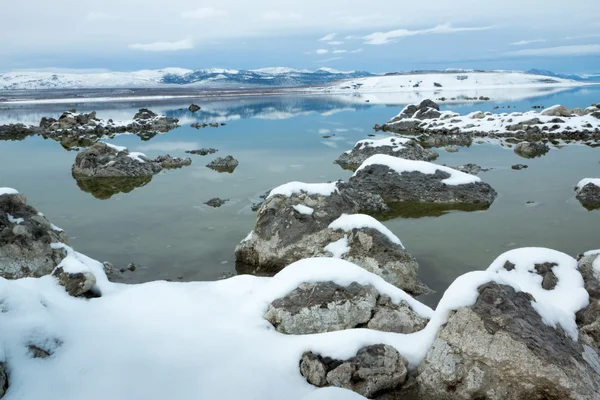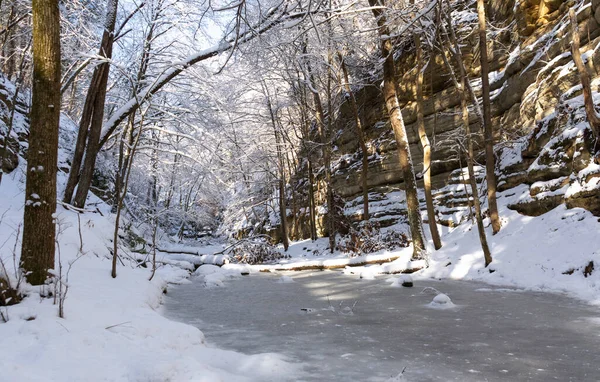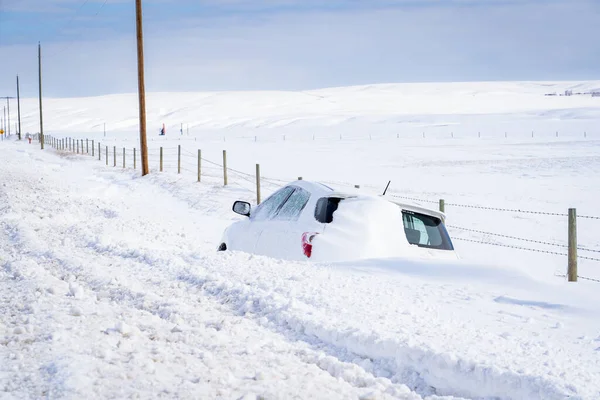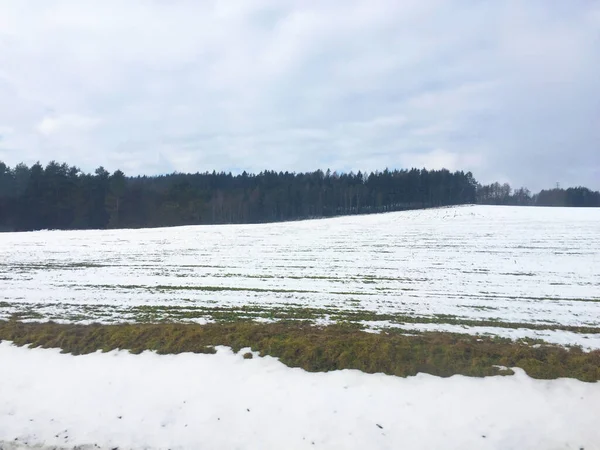
It’s not just that winter has arrived early; it is an arrival with force: A record-breaking Arctic blast swept over most of the eastern United States, bringing lake-effect snow into the Great Lakes and historic cold into Florida. For millions, the sudden shift made commutes hazardous and brought deep freezes to warm autumn days.

1. Lake-Effect Snow Makes Travel Hazardous
First, snow fell in narrow but intense bands from Illinois into Michigan, making for some wildly disparate conditions in this area. More than a foot has fallen in both Michigan’s Upper Peninsula and northwest Indiana. Areas only 50 miles south of Chicago saw totals similar to those in northwest Indiana. The National Weather Service warned of possible snowfall rates over 3 inches per hour, combined with wind gusts as high as 35 mph, causing near-zero visibility. Interstate 57 south of Chicago resulted in standstill traffic, crashes, and slick bridges, with officials urging drivers to stay off the roads.

2. How Lake-Effect Snow Forms
Lake-effect snow occurs when frigid air passes over warmer lake waters, picking up moisture that quickly condenses into snow as it moves over land. That can produce localized heavy snowfall. In other words, one town might get buried while another just a few miles down the road might see flurries. “Conditions range from safe to dangerous within a few miles,” the NWS Chicago office warned, making preparedness key.

3. Heavy Totals Expected in Midwest and Northeast
The total came in at 9.5 inches over 24 hours in Valparaiso, Indiana, though parts of northwest Indiana were under warnings that could see as much as two feet. Northeast Ohio, northwest Pennsylvania, and southwest New York are in the crosshairs for continued snow well into Tuesday, with totals reaching 8–12 inches in many areas. In Chautauqua County, New York, residents were told to be prepared for as much as 6 inches, with “feels like” temperatures dipping into the teens.

4. Record Cold Reaches the Deep South
This Arctic air mass isn’t stopping at the Mason-Dixon line. Freeze warnings and wind chill advisories stretch from Texas to Florida. Jacksonville, Florida, dropped to 28 degrees – the earliest such reading since 1976 – while Savannah, Georgia matched that mark. Even Miami – which hit 85 degrees on Sunday – saw lows plunge into the 30s and 40s by Tuesday morning. Afternoon highs in parts of the South are running 10 to 25 degrees below normal.

5. Rare Southern Snowfall
Snowflakes swirled through Atlanta and into Knoxville, Tennessee, which saw its earliest accumulating snow since 1996. Several inches accumulated on higher elevations in the central Appalachians, ranging from West Virginia to the North Carolina-Tennessee border. Even Wilmington, North Carolina, reported flakes along the coast a rare early November sight.

6. Preparing Homes and Vehicles for Extreme Cold
Public officials throughout the affected states are warning people to be prepared for hazardous conditions. The Mississippi Emergency Management Agency told residents to stock up on food, have dry firewood on hand and check on elderly or disabled neighbors. Chicago’s emergency office recommended having an emergency car kit with blankets, food and supplies in case you become stranded. To guard against sudden freezes that can cause costly damage, seal drafts, insulate pipes, and make sure heating systems are in working order in your home.

7. Effects of Cold Weather and Wildlife
A cold snap has paralyzed iguanas in South Florida, causing them to drop from trees. These reptiles are by no means deceased; their bodies go into a state of paralysis when there is extreme cold, but they can recover when temperatures return. Such events make it clear that sudden swings in temperature don’t just catch people off guard but also affect local ecosystems.

8. A Quick Temperature Rebound Ahead
The good news: this Arctic blast will be short-lived. Much of the central and southern US will be warming up very quickly by mid-week, with highs 10 to 25 degrees above average by this weekend in some locations. Places such as Dubuque, Iowa and Rockford, Illinois could go from snow to near 70 degrees in days.

Florida will rebound back to upper 70s and low 80s, while Nashville, Tennessee reaches highs into the lower 70s. Still, parts of the Northeast may stay cooler than average through week’s end. Even as temperatures rebound, this early-season blast serves as a reminder of how rapidly the weather can shift, and how important it is to stay informed and prepared when winter’s hazards arrive ahead of schedule.


